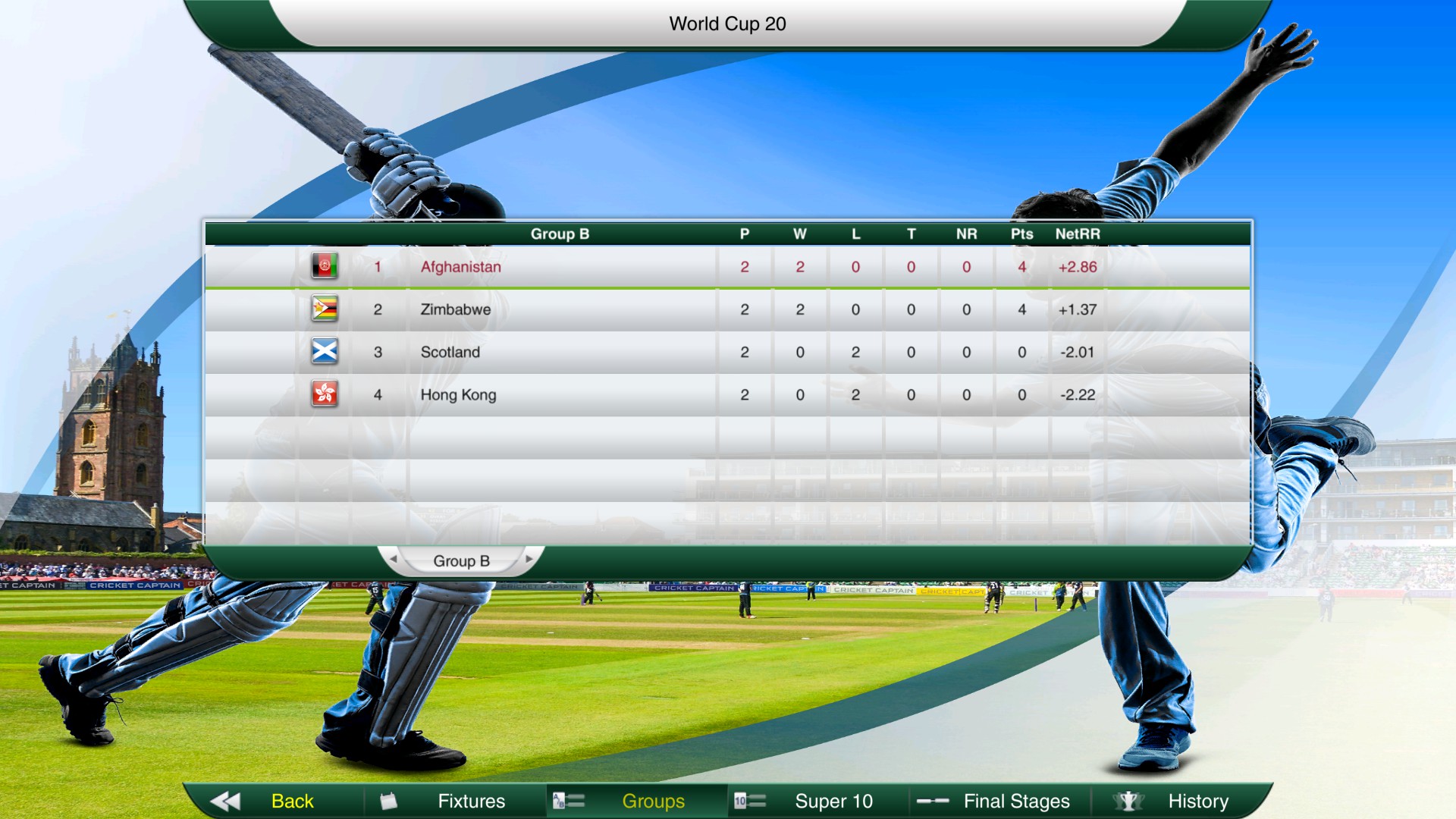

The Snickometer technology(Snicko) invented by British Scientist Allan Plaskett in 1990 combines sound and visual evidence to help the umpires determine whether a batsman has actually nicked the ball – especially in the case of caught behind, bat-pad and lbw appeals. This is an attempt to explain to you, the different technological tools used in the Decision Review System Snickometer With India’s use of DRS making headlines and expected to play a major role in the series, there is an eagerness among the Indian fans to grasp the intricacies of it.Īlso read: Decision Review System: India's journey with the DRS technology so far

Nevertheless, even when DRS is not involved, these tools are often employed by broadcasters to bring vivid analysis of these moments in the game to its followers. Though the ICC has been advocating uniform application of the DRS in all international cricket played across the globe, hosting boards, especially the poorer among them, are often unable to afford the costs of hiring DRS technology and either choose to use it in parts or opt out fully.
Cricket captain 2016 review series#
‘Available DRS tools’ is the keyword here, because the tools available to review a decision, at the moment, vary from series to series. The on-field umpire indicates the original decision and refers it to the third umpire, who makes uses of the available DRS tools before reaching a conclusion that may or may not stand by the on-field umpire’s call. The sequence of a typical DRS review involves checking for the front foot no-ball, bat edge detection and then ball tracking in the case of lbw appeals.


 0 kommentar(er)
0 kommentar(er)
